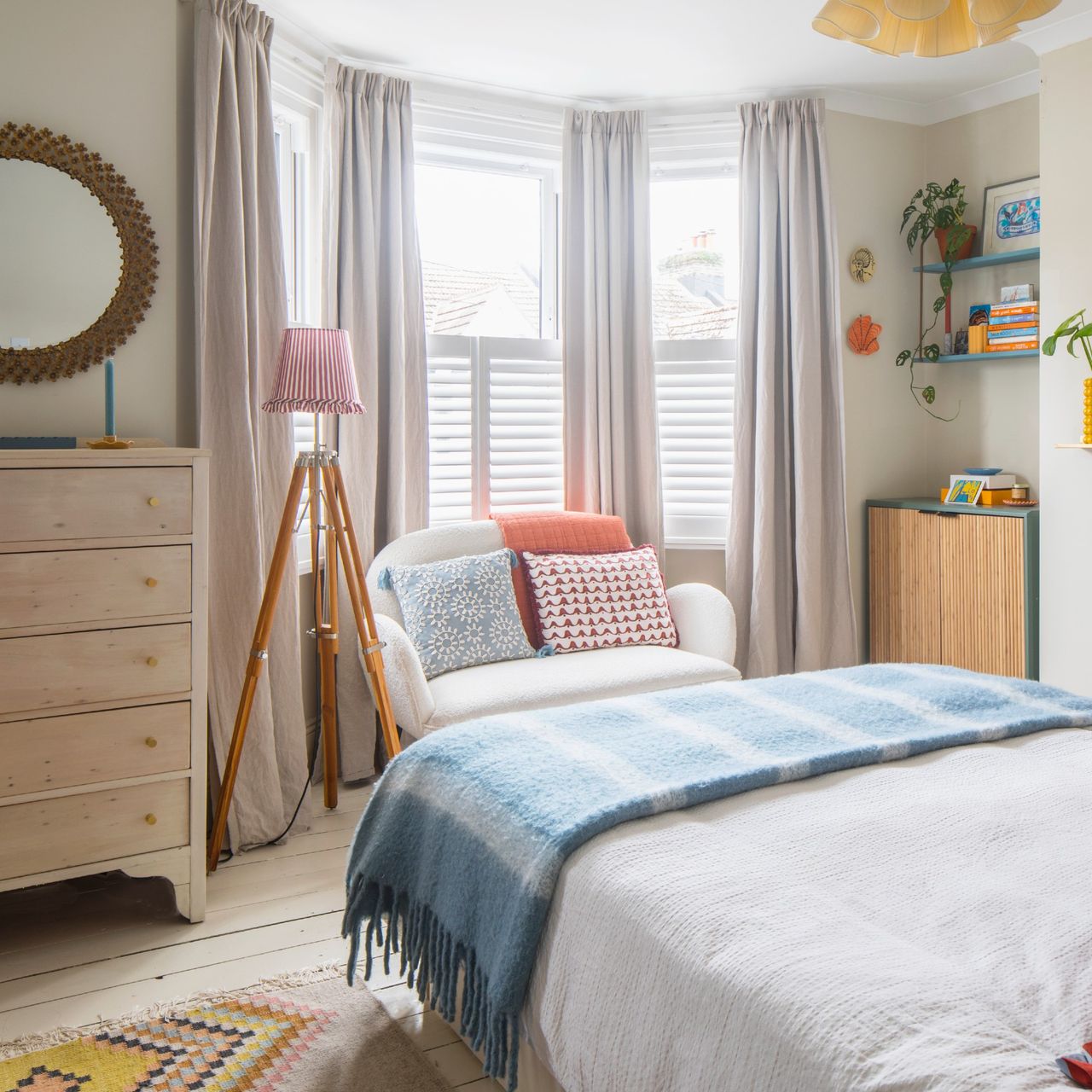
Shopping for a new mattress can be overwhelming – the choice, the types, the price – it can feel like just as you get to grips with one decision, another arises.
One of those questions you might be pondering is, does mattress depth matter? If you've been researching specifications and come across all sorts of measurements, you might also be wondering what the standard mattress thickness is.
Depth is definitely something you’re wise to weigh up when shopping for your next mattress, but, in my experience as a seasoned mattress tester, the best mattress isn’t always the thickest – this isn’t the Princess and the Pea.
During my years of testing, I’ve slept on mattresses of all thicknesses, and whilst I’d never advocate a paper-thin mattress, I’d also say a mega-thick mattress with layers and layers of springs and foam and unicorn fur isn’t the gold standard for comfort either. I'm here to explain more.
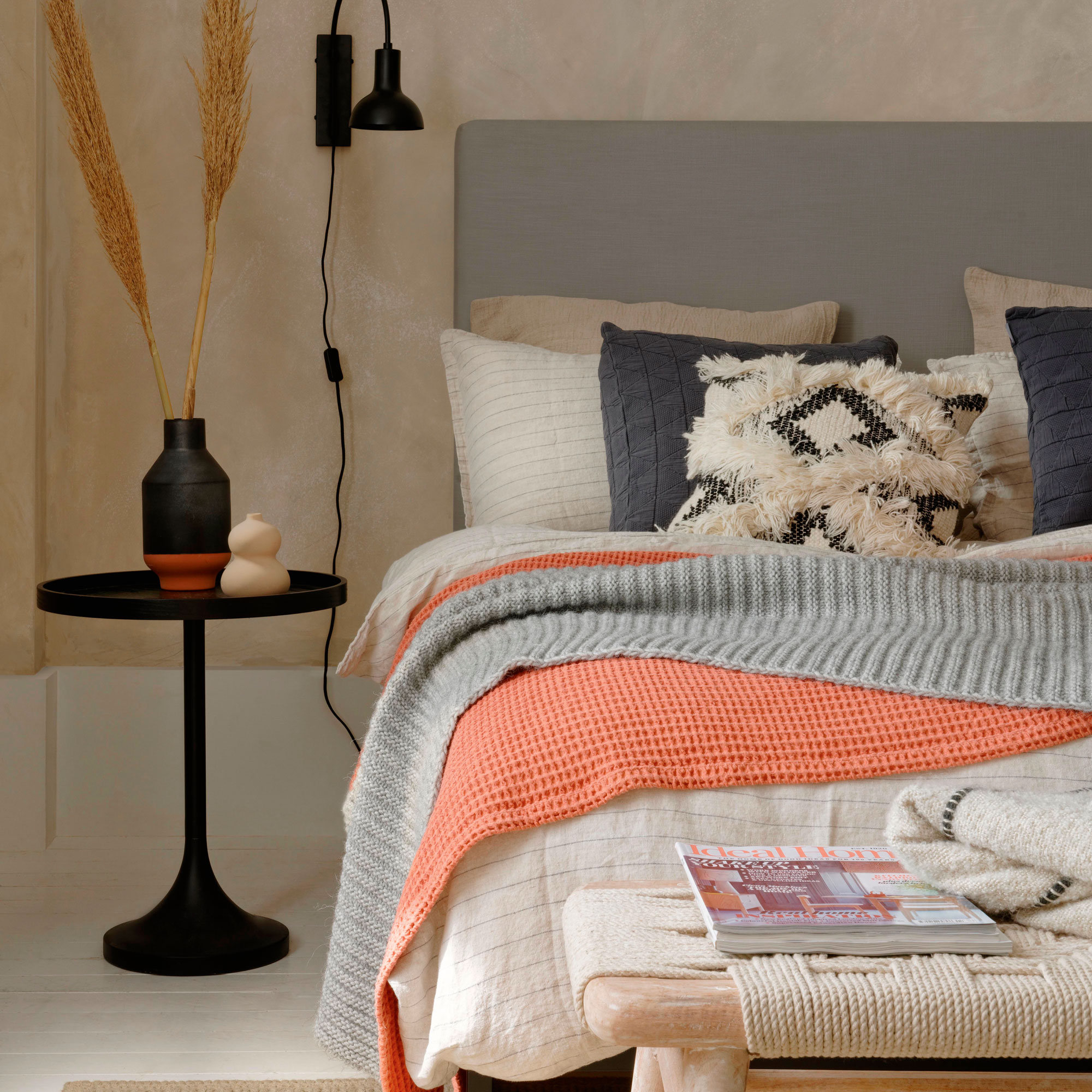
Does mattress depth matter?
First things first, does mattress depth matter? Yes, mattress depth does matter and it’s a major factor you should consider when buying a mattress. A thin mattress offers less cushioning between you and your bed frame, and just isn’t going to offer you the best support. The result of sleeping on a mattress that’s too thin is going to be poor sleep quality, aching joints and potentially a very bad back.
‘Mattress depth is a really important factor to consider when purchasing a new mattress,’ agrees Chris Tattersall, a sleep expert and founder of Woolroom. ‘A thinner mattress naturally offers less support and tension.'
‘Thicker mattresses often offer better support and comfort because they have more room for different layers, and are better for those who have specific sleeping needs, like those of a heavier build,’ explains Martin Seeley, sleep expert at MattressNextDay. 'A very thin mattress will be uncomfortable to sleep on every night.'
However, depth is relative. 'A couple of centimetres won't make a huge difference.' says Martin; 'it's only when you compare a very deep and very thin mattress that thickness begins to matter.’
On that note, what is the standard depth for a mattress, and what is considered 'too thin' or at least the thinner end of the scale?
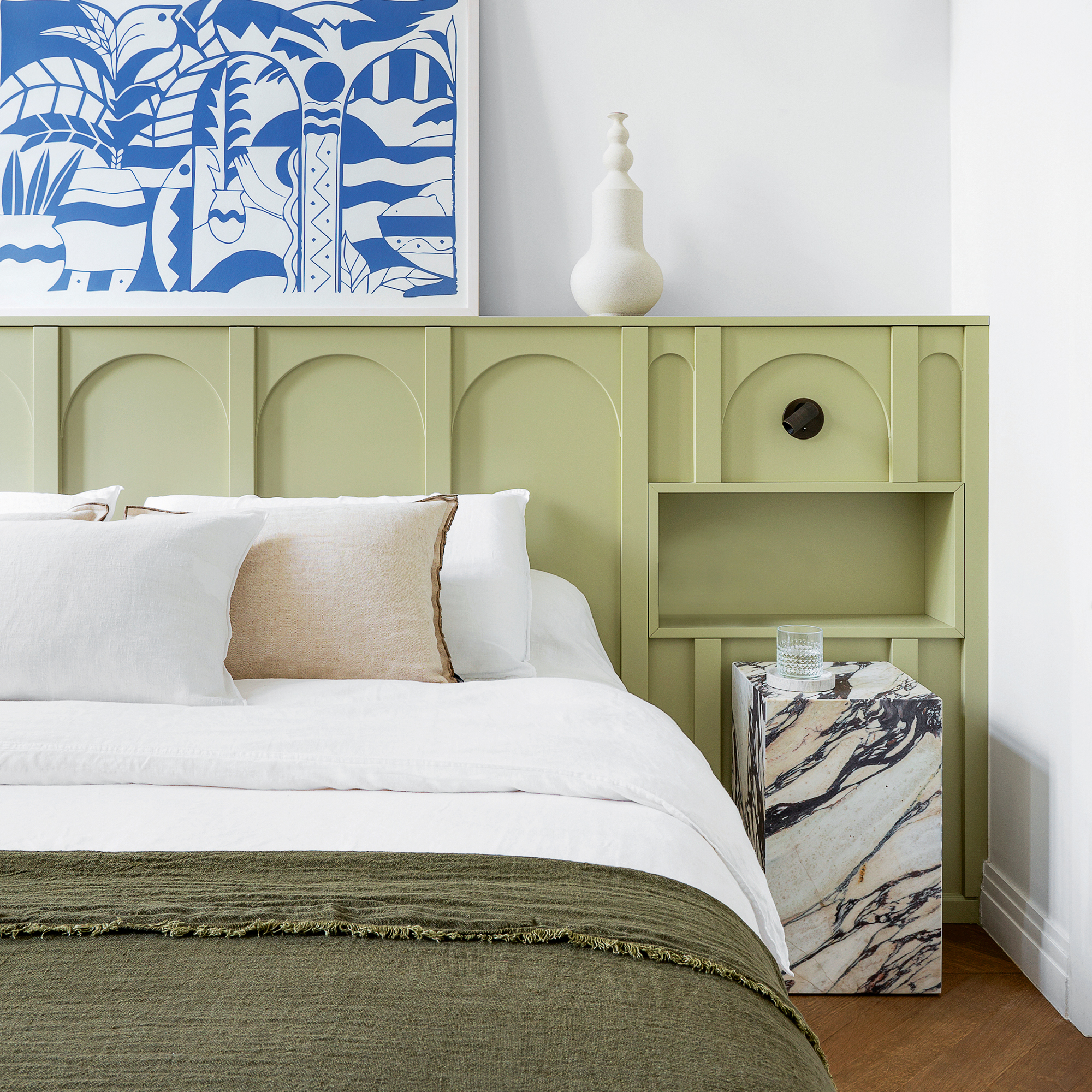
What is the standard mattress thickness?
Unlike bed sizes – single, double, king etc – there is no industry standard for mattress thickness. So we’re looking at more of a depth range rather than anything absolute here.
In my experience, 25cm to 30cm is the average mattress depth for a decent quality mattress that won't break the bank. For instance, the bestselling Simba Hybrid Original mattress is 25cm deep, and the highly rated Sealy Newton Posturepedic mattress is 27cm. Both were more than deep enough to offer good support during our testing.
The thinnest mattress we tested for Ideal Home's best budget mattress guide was the 18cm Dreams Workshop Follows Traditional Spring mattress. However, our testers definitely felt this was too thin and lacked support. More affordable mattresses tend to be around the 20cm depth, but I would recommend paying a bit more for something 25cm upwards if you can.
‘A typical mattress thickness falls between 20cm and 30cm (approximately 8–12 inches),’ agrees Martin from MattressNextDay. ‘This range is widely accepted as ideal for offering a solid balance of support and comfort without being overly bulky or difficult to handle.'
‘Most high-quality mattresses today are designed within this bracket to suit the majority of body types and bed frames. However, this only applies to adults, as you'll find that children's mattresses are a lot thinner as they don't require as much support,’ points out Martin.
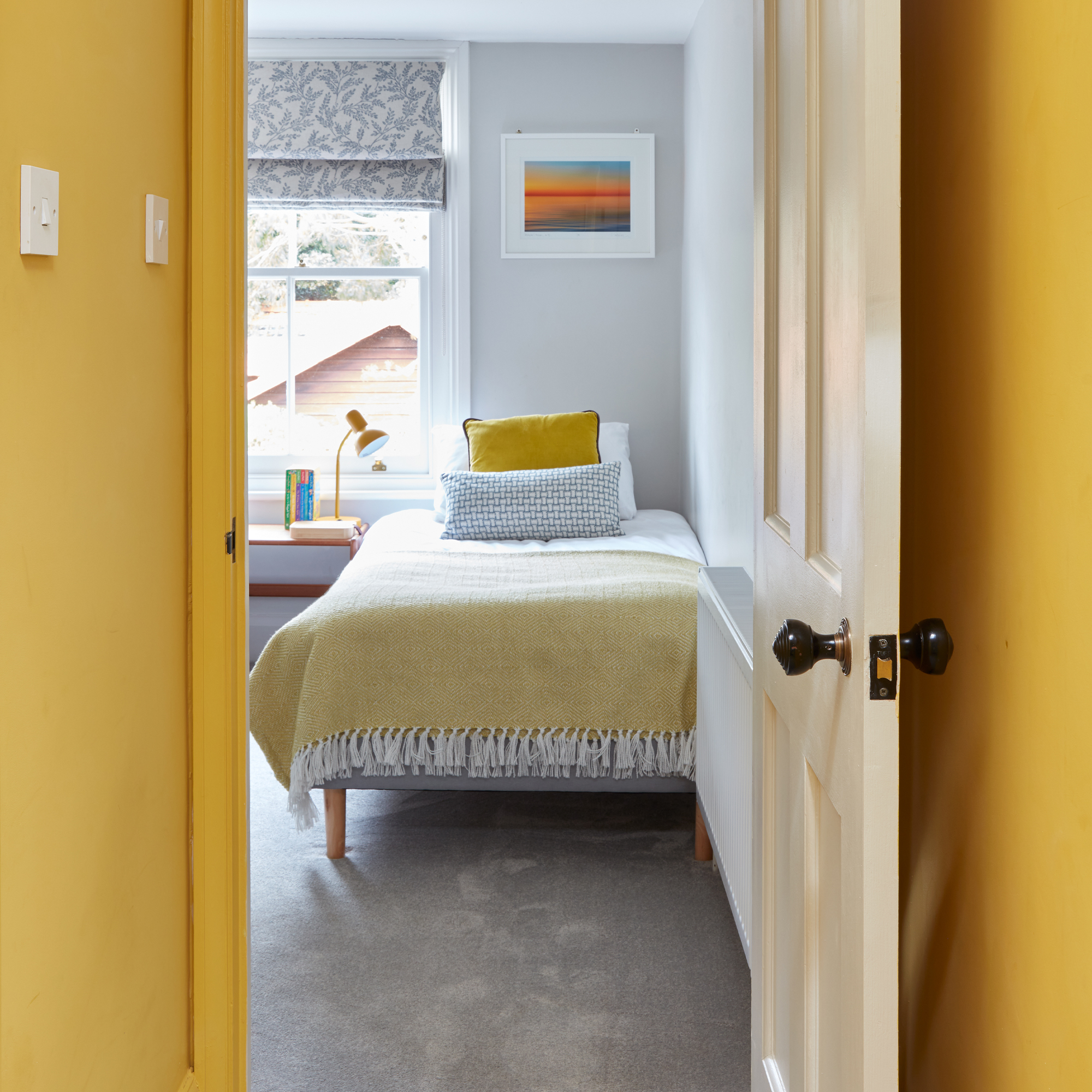
What is a good thickness for a mattress?
I’ve slept on mattresses of all depths, and generally find I like mattresses that are around the 30cm mark – this is just due to my preference in terms of support, fillings, and how high I like my sleep surface to be (I am fairly tall). My current mattress is the Hypnos Wool Origins 6, which is 29cm deep.
However, this isn’t to say this mattress thickness is right for you. When I spoke to the experts, they offered ranges or minimum depths, rather than one specific depth.
‘I would always recommend choosing a mattress with a depth of between 25cm to 35cm to ensure your body is well supported and has the depth of fillings so that you can sleep deeply and comfortably,’ says Chris from Woolroom. ‘But the ideal depth will depend on personal comfort preferences, sleeping position and bodyweight.’
‘Ultimately, your mattress should adapt to you, distribute your weight evenly, keep your spine straight, and absorb pressure to aid comfort and relieve pain,’ points out Thomas from TEMPUR. ‘Whilst mattress thickness can influence these factors, the perfect depth will vary person-to-person.’
It is also worth bearing in mind how high your bedframe is. Ideally you want a mattress that isn't so deep you need a ladder or stepstool to get into bed.
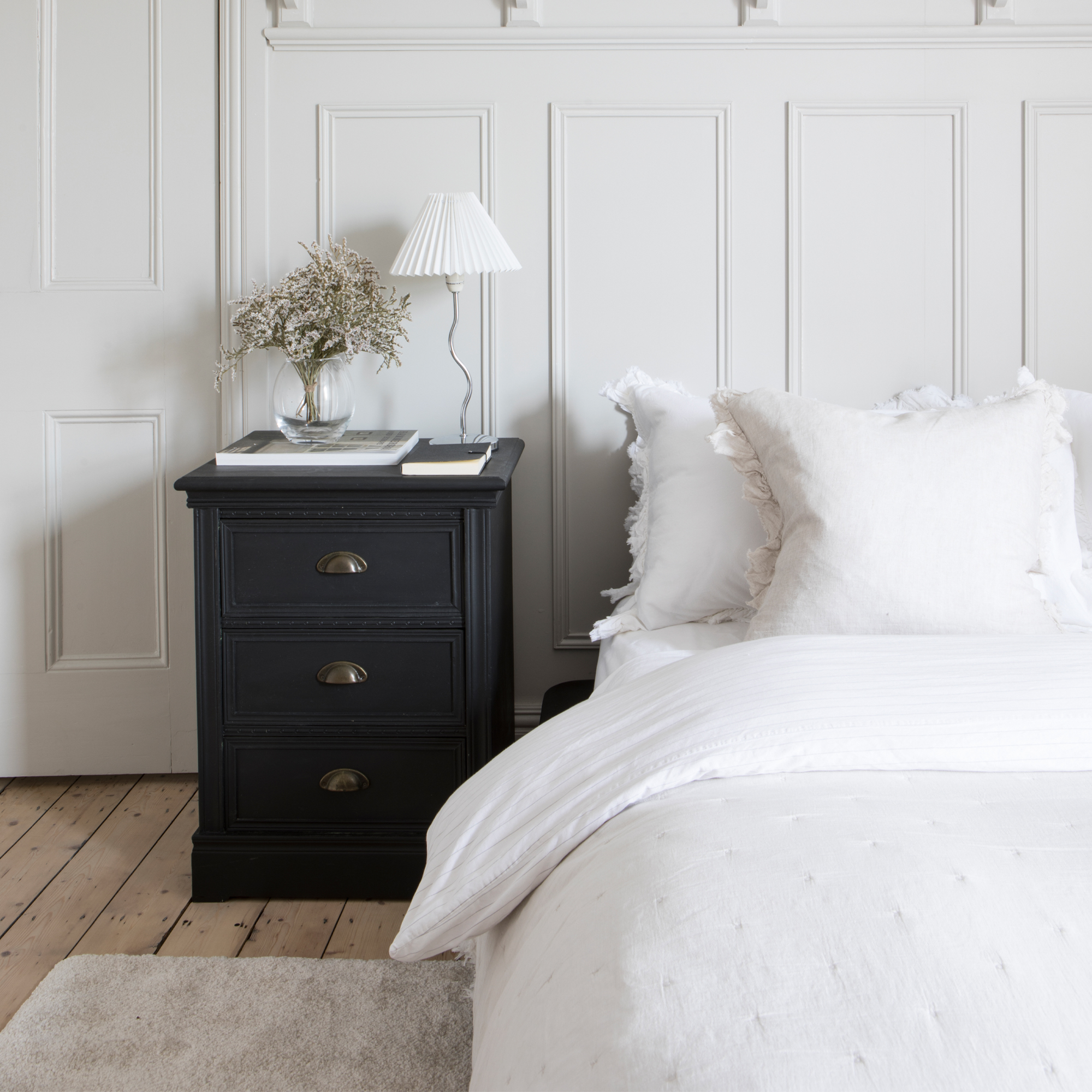
Is a thicker mattress always better?
Thicker does not always mean better in the mattress world. As I mentioned, it’s all about balance and finding something that’s right for you and your specific sleep needs. For some people a thicker mattress is good, and for others it’s unnecessary.
‘A thicker mattress does not necessarily provide more comfort or support, which is why the more important factors to consider are the height of the pocketed spring, the tension of that spring and the material or fillings used within the mattress,’ points out Chris from Woolroom. ‘I would say a thicker mattress is better for those who require a little extra cushioning, such as couples, side sleepers, those with a higher body weight or back pain.’
The benefits of a thicker mattress are that it can be:
- More durable
- Generally more supportive
- Many offer more cushioning
- Great for heavier builds, side sleepers, those with mobility issues and couples
- Good movement isolation
But the disadvantages of a thicker mattress are:
- Hard to turn or rotate
- Takes up more space (can make room feel smaller)
- Can be difficult to get in and out of
- Tend to be more expensive
- Might require deeper fitted sheets
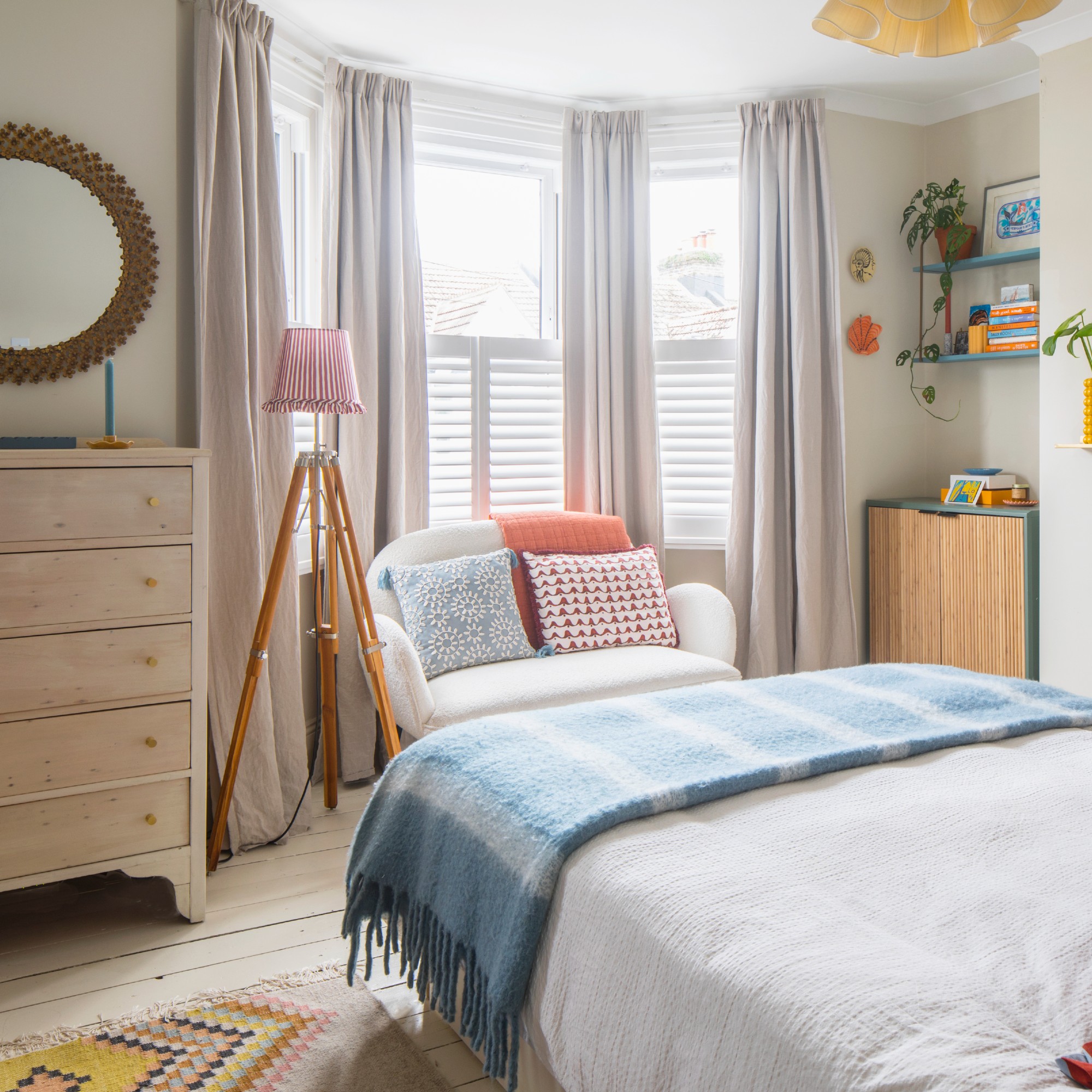
FAQs
What is the thickest mattress you can get?
Before you start focusing on the thickest mattress you can buy for your money, remember it’s got to fit your bed frame. Some bed frames aren’t suitable for very thick mattresses, partly because thicker means heavier, sometimes a lot heavier.
Having said that, there are so-called “extra-deep mattresses” and these are normally around 36cm. Anything much more than this and it’s going to feel very high.
If you go for an extra-deep mattress, look for ones with reinforced edge support – stronger springs on the side, and side stitching. This will help with the stability and longevity of the mattress, stopping it sagging after time. Mattresses are all about balance.
Is a 16cm mattress too thin?
I would find a 16cm mattress too thin as a long-term sleep surface. My children’s top bunks have this depth mattress on them, and while they’re fine for my kids – because they’re lighter – they definitely feel thin as an adult when I attempt to sleep on them.
Chris from Woolroom explained why thinner mattresses don’t work for most adults: ‘My advice would be to avoid mattresses any thinner than 20cm as they tend to have insufficient support, as the spring can be too short, and can only take a certain amount of weight or use before the comfort layers begin to compress down into the base.’
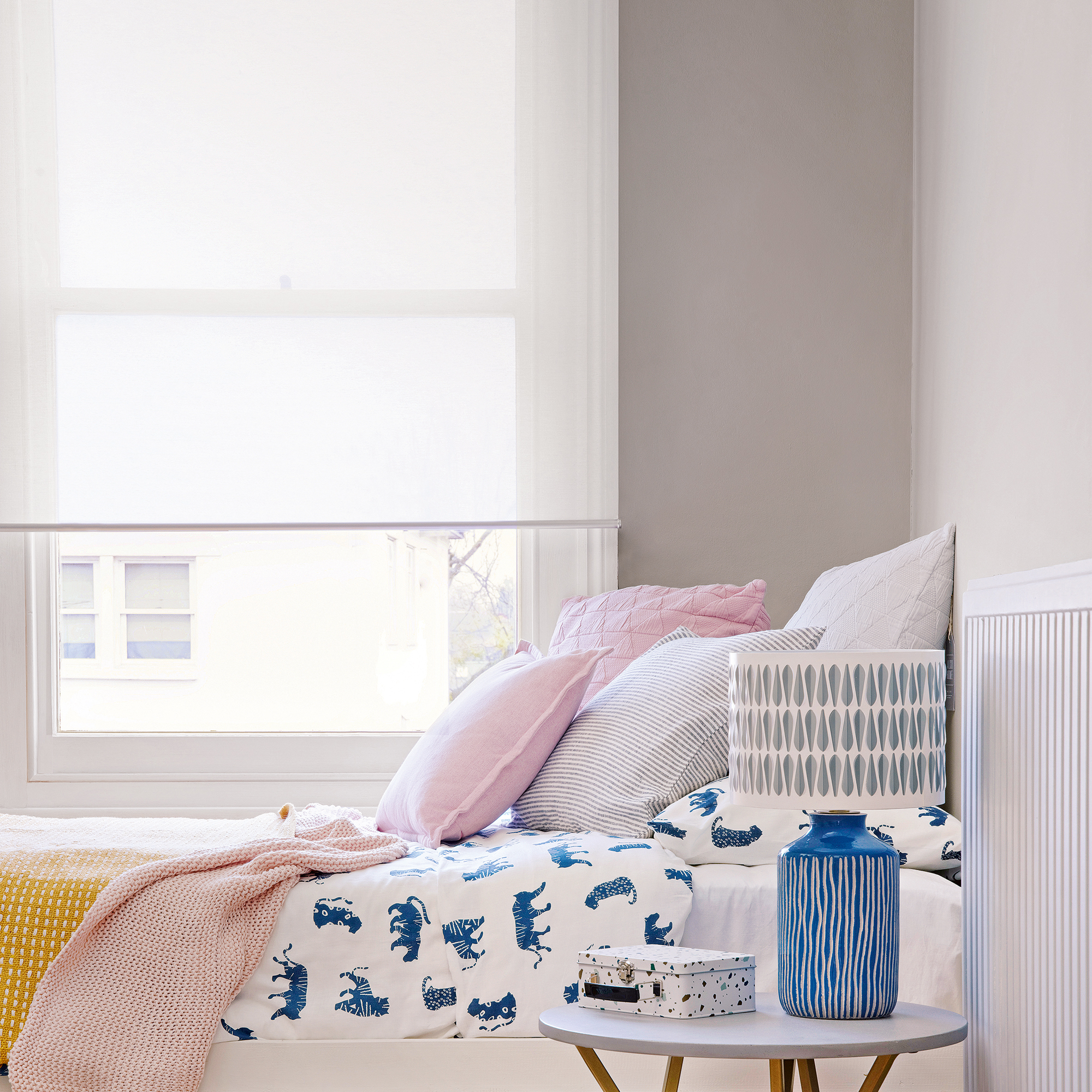
‘A 16cm mattress is very much on the thin side, says Martin from MattressNextDay. ‘It may work for short-term solutions or trundle beds for your children's friends during sleepovers, but will likely lack the layered construction needed for consistent support and pressure relief. I would generally consider anything under 20cm to be a back-up option and may not last as long or perform as well in regular use.’
A top tip from Woolroom’s Chris though, if you do find yourself on a thin mattress over an extended period of time: ‘If you do have a thinner mattress, I would recommend adding an extra layer, such as a mattress topper, to significantly improve comfort and support.'
Is a 20cm mattress too thin?
A 20cm mattress is on the thinner end of what’s considered standard for mattresses. You may find it fine – especially if it’s for light use. But bear in mind it won’t offer the same kind of cushioning and support as many slightly thicker mattresses.
‘A 20cm mattress can be sufficient for lighter individuals, children, or occasional use (like in guest rooms),’ says Martin from MattressNextDay. ‘But for everyday adult use, especially if you have a heavier build or joint issues, it may not offer enough depth for proper spinal alignment or durability over time.’
I'd say look at a mattress depth of 25cm to 30cm as the ideal, and if you need more support or a taller sleep surface, look for something between 30cm and 35cm. Just be aware you'll usually pay more for a deeper mattress.







